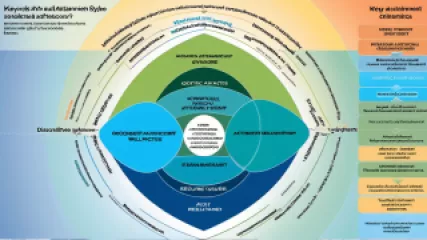Learning about Disordered Eating Through a Movie: Insights and Reflections
vor 1 Jahr
Essstörungen
Essential Steps to Improve Your Sleep for Better Mental Health
vor 1 Jahr
Bedeutung des Schlafs
Learning Boundary Setting from Popular Stories
vor 1 Jahr
Grenzen setzen
Unlocking Your Self-Worth: An Interview with a Self-Empowerment Coach
vor 1 Jahr
Selbstwert pflegen
Understanding Adult Attachment Styles: A Research Summary
vor 1 Jahr
Bindung bei Erwachsenen verstehen
Unveiling the Complexity of Personality Types: An Interview with a Leading Psychologist
vor 1 Jahr
Persönlichkeitstypen
What are the warning signs of disordered eating?
vor 1 Jahr
Essstörungen
Discover Your Life Purpose in 5 Simple Steps
vor 1 Jahr
Lebenssinn finden
How to Boost Your Self-Worth: Interactive Questionnaire
vor 1 Jahr
Selbstwert pflegen
Expert Insights on Postpartum Depression Therapy
vor 1 Jahr
Postpartale Depression
Expert Insights: Tips for Overcoming Insecurity
vor 1 Jahr
Unsicherheit überwinden
The Impact of Optimism on Personal Growth and Health
vor 1 Jahr
Optimismus und Gesundheit
Exploring Adult Attachment Theory: A Practical Guide
vor 1 Jahr
Bindung bei Erwachsenen verstehen
What are the essential mental health resources for disordered eating?
vor 1 Jahr
Essstörungen
Key Findings on Adult Attachment Styles Test
vor 1 Jahr
Bindung bei Erwachsenen verstehen















